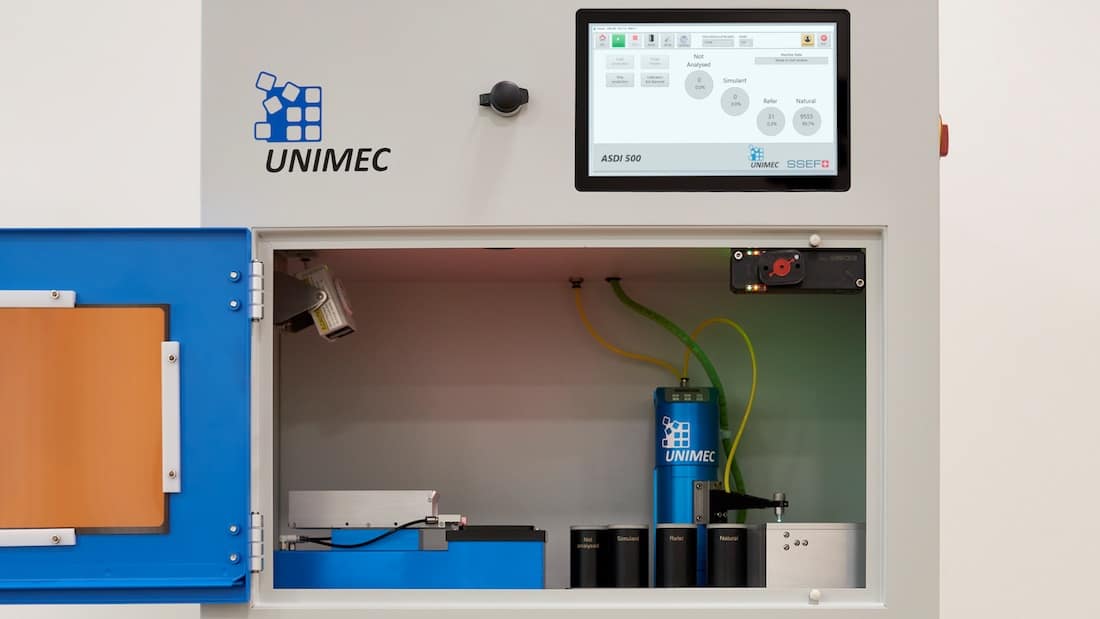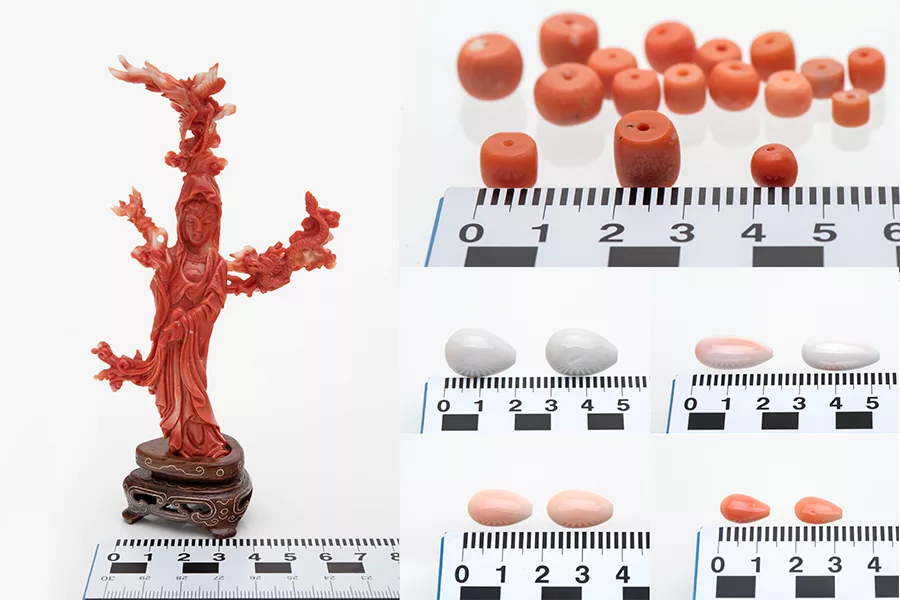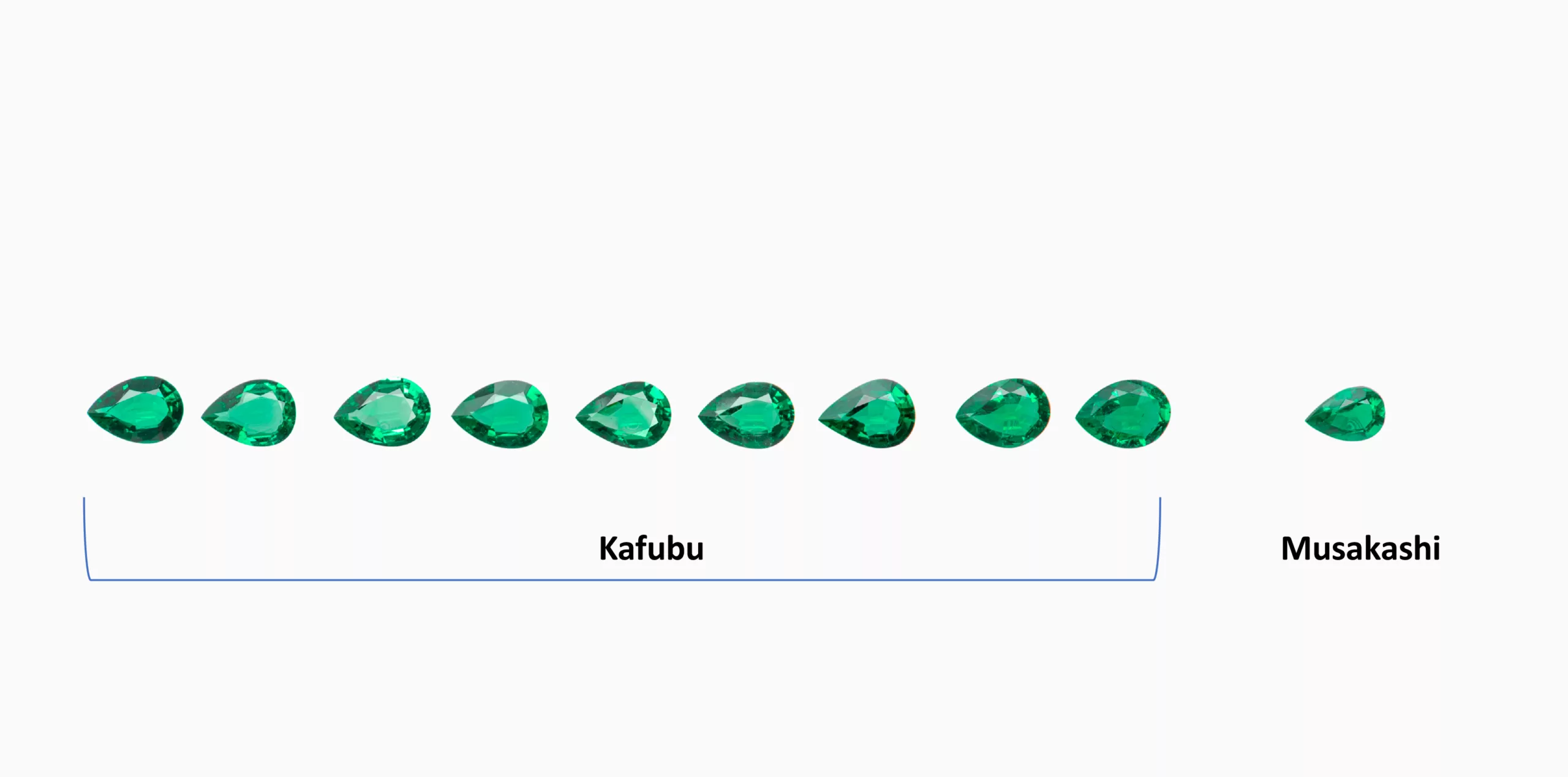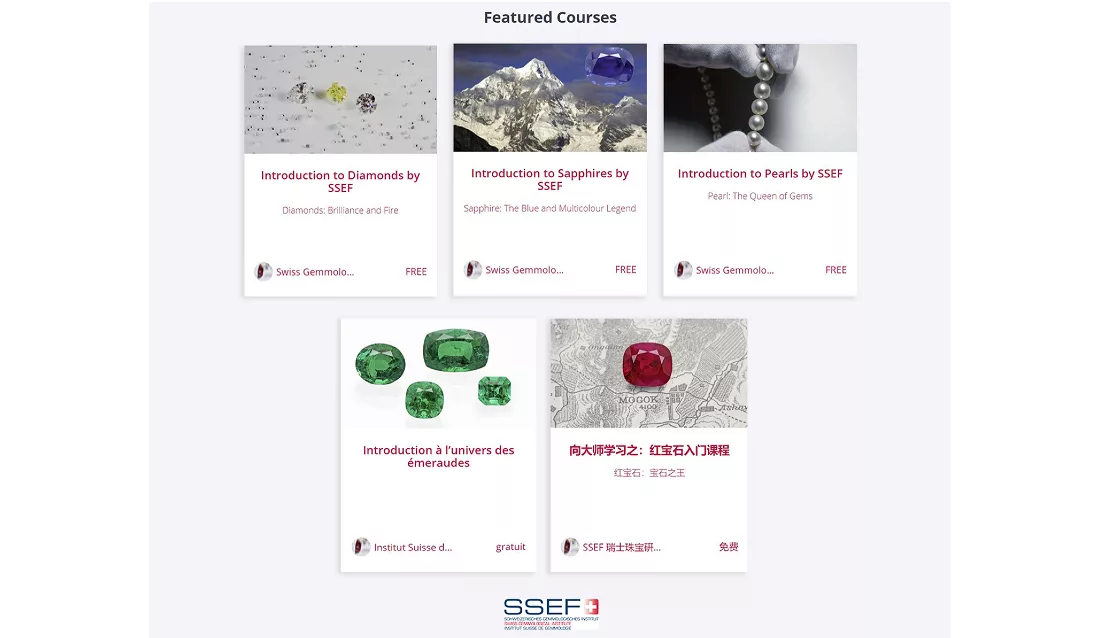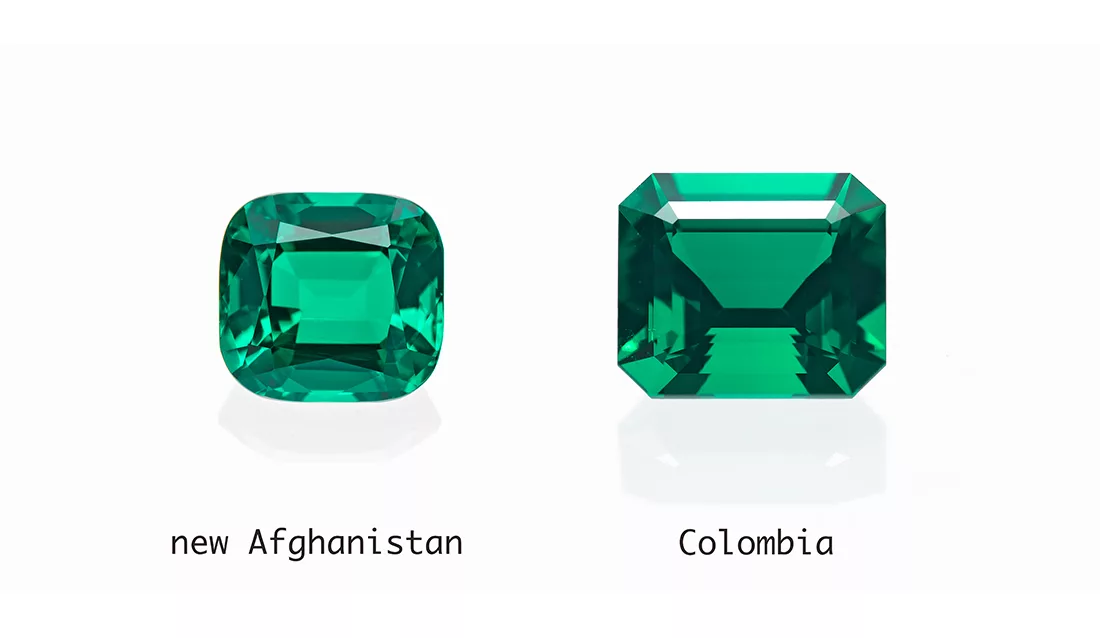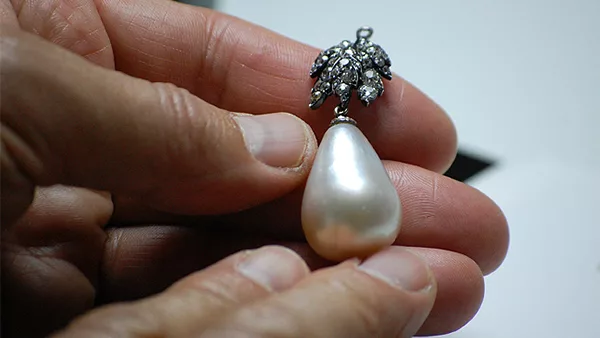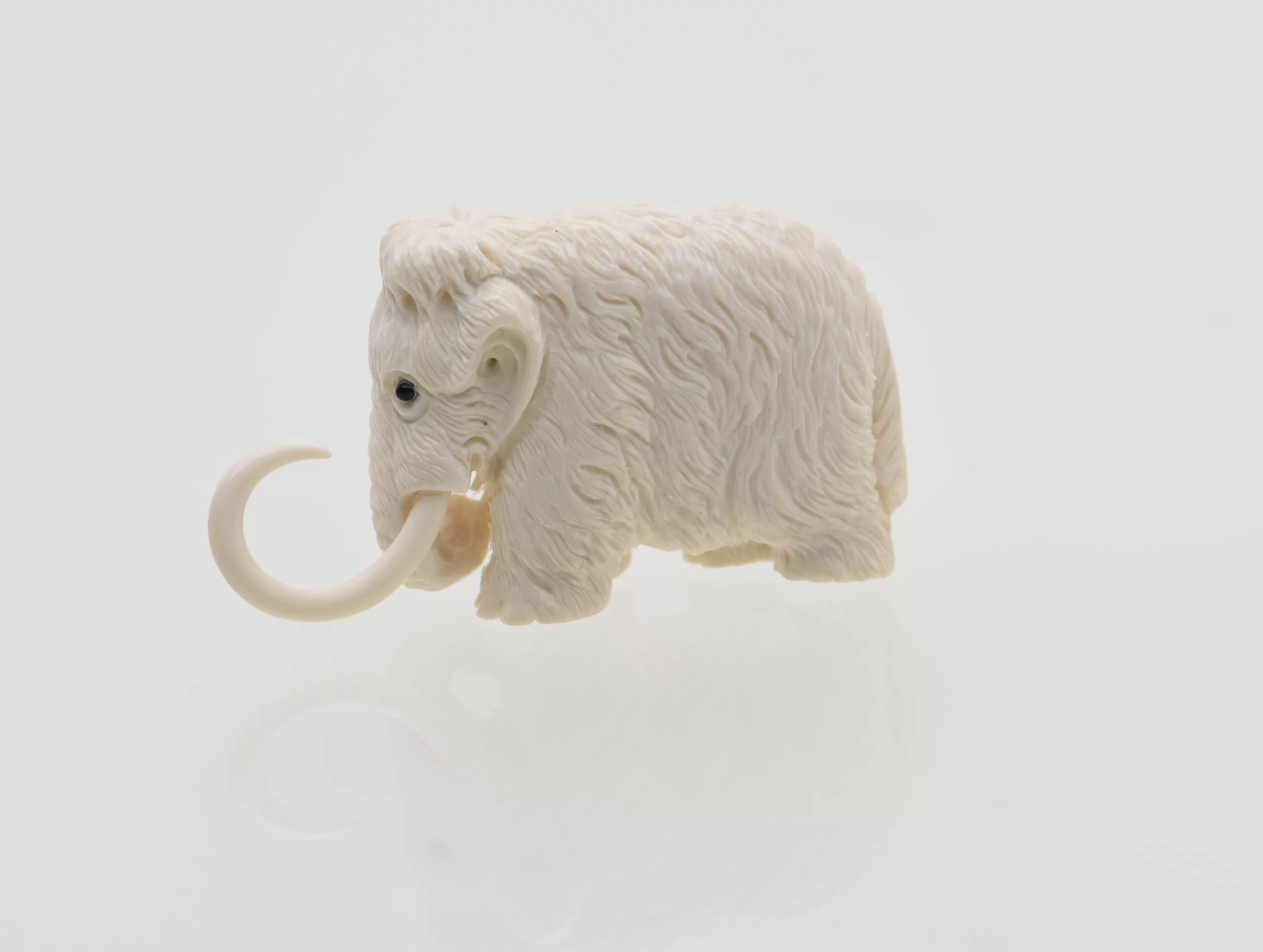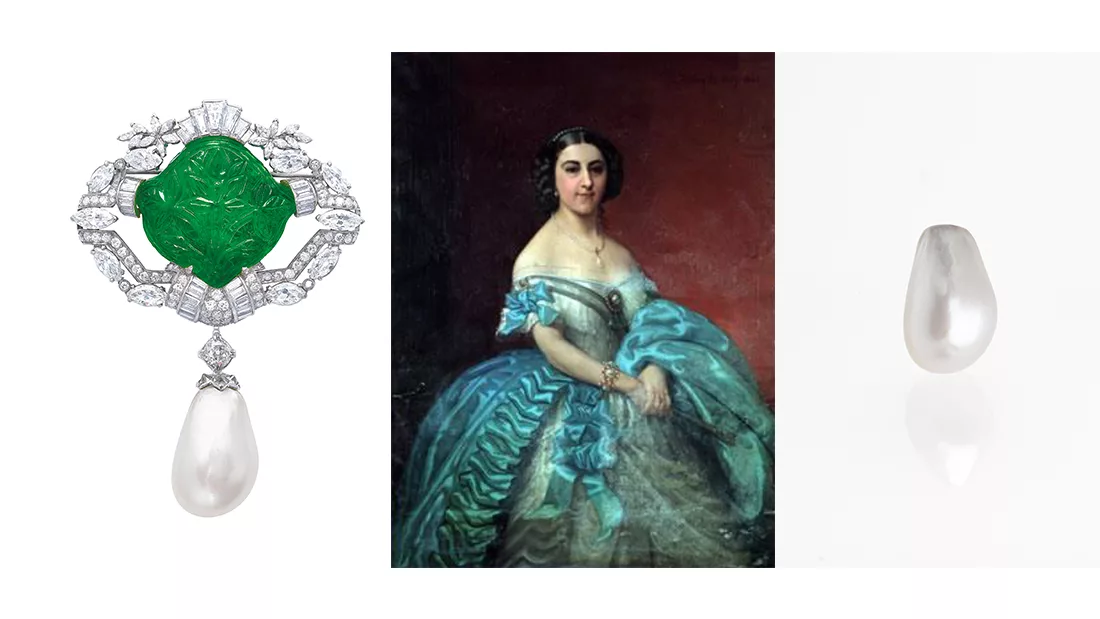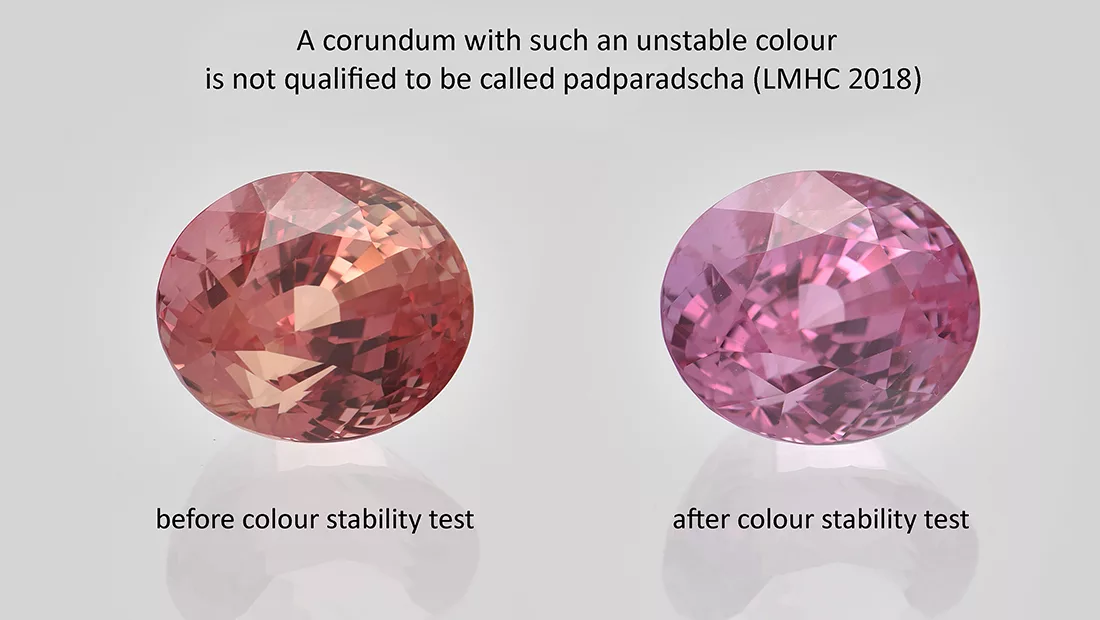Press Releases
Welcome to our media room dedicated to SSEF news.
For any question or media kit inquiries, please contact us.
Quick navigation to:
Keep up to date with our latest news
SSEF validates the ASDI-500 device and provides unique worldwide service for melee diamonds down to 0.5mm
ASDI-500, is the world’s first automatic device to verify the nature of diamonds – natural diamonds VS laboratory-grown diamonds VS diamond simulants – down to the tiny size of half a millimeter
50 years of SSEF: special symposium & gathering of key industry leaders in Basel
For 50 years, the Swiss Gemmological Institute SSEF has been the forefront of scientific gemmological research and testing to support a thriving gemstone and jewellery trade. In tribute of both its mi
SSEF conducts analysis of cobalt-blue spinel from a newly reported source in Tanzania
For several months already a supply of blue cobalt-bearing spinel has been appearing in the gem trade, including some stones of remarkable size -up to 40 carats- and quality. According to information
Scientists report breakthrough in precious coral traceability using novel genetic-testing method on samples seized by customs
BASEL, SWITZERLAND: FEBRUARY 14, 2022 – An international research group led by scientists from the Swiss Gemmological Institute SSEF and the University of Zurich’s Institute of Forensic Medicine (
New emeralds from Musakashi in Zambia appear in the market
Advanced testing using Laser Ablation Inductively Coupled Plasma Mass Spectrometry (LAICPMS) on an anomalous stone from a batch of 10 emeralds submitted to the Swiss Gemmological Institute SSEF has in
SSEF launches free online courses on major gems in English, French and simplified Chinese
The Swiss Gemmological Institute SSEF has launched a series of free-of-charge, online courses, entitled “Understanding Gemstones.” With each covering a specific gem, the courses are comprehensive
SSEF scientists author first published study of new high-quality emerald type from Afghanistan
The first detailed study characterising an emerald type from Afghanistan that has recently become available in the gemstone trade has been prepared by a team of scientists from the Swiss Gemmological
SSEF introducing new service using DNA fingerprinting technology that finally enables identification of pearl species
The Swiss Gemmological Institute SSEF is introducing a new service to support the documentation of the origin and provenance of pearls, in partnership with the Institute of Forensic Medicine at the Un
Breakthrough scientific study on precious coral identification leads to new DNA coral fingerprinting service by SSEF
BASEL, SWITZERLAND: MAY 19, 2020 – A breakthrough study entitled “DNA fingerprinting: an effective tool for taxonomic identification of precious corals in jewelry”, authored by researchers f
Special conditions on SSEF-Ferrari shuttles to and from Hong Kong and Bangkok February 24th – April 30th 2020
In light of the difficult situation in Hong Kong and mainland China, and the postponement of the March Gem & Jewellery shows, SSEF has decided to support the trade by offering special conditions o
DNA species identification of ivory
The Swiss Gemmological Institute SSEF has become the first gem laboratory worldwide to introduce DNA fingerprinting of ivory as a standard client service. It involves a scientific method that can prov
SSEF Performs First-Ever Radiocarbon Age-Dating Procedure on Historic ‘Ana Maria Pearl’
The Swiss Gemmological Institute SSEF has successfully age-dated the historic ‘Ana Maria Pearl’ using carbon-14 (14C). This is the first time such a procedure has been conducted on a historic natu
SSEF launches GemTrack™
GemTrack™ links a cut stone to a specific rough stone using gemmological techniques. GemTrack™ is based on a combination of crystallographic, structural, chemical and microscopic analyse
LMHC makes progress on harmonisation of colour description and new treatment issues
Significant achievements in the harmonisation of wording on laboratory reports and the reporting of new treatments have been chalked up during the 29th meeting of the Laboratory Manual Harmonisation C
Detecting low temperature heated rubies from Mozambique
SSEF has conducted an extensive research project to establish more specific criteria to detect low-temperature heat treatment, studying more than 200 unheated and heated rubies (rough and faceted ston
